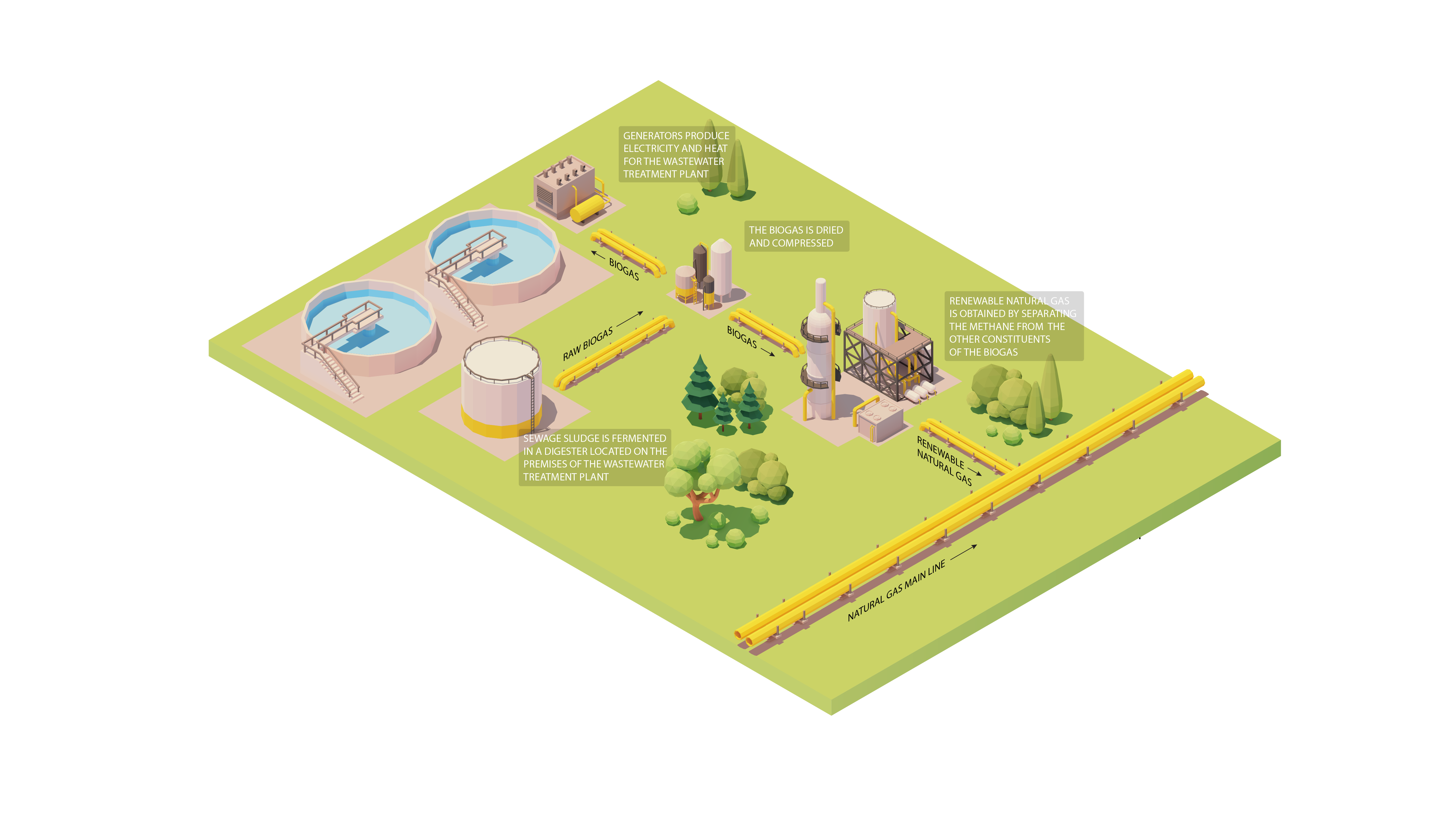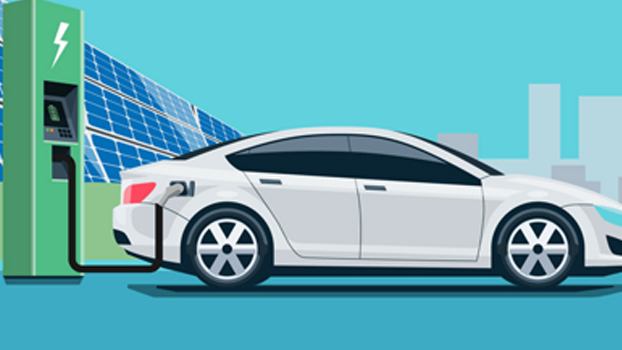Research on Vehicle Emission Control: A Comprehensive Overview
Introduction:
Vehicle emissions have become a significant contributor to air pollution and climate change, prompting researchers worldwide to investigate innovative solutions for emission control. This article provides an overview of the latest research conducted in this area, aiming to mitigate the adverse environmental impact of vehicles. The advancements discussed herein encompass diverse technologies and strategies, ranging from engine modifications to alternative fuels and electrification.
Engine Design and Modifications:
Researchers have focused on enhancing engine efficiency and reducing emissions through various design modifications. Advanced combustion techniques, such as homogeneous charge compression ignition (HCCI) and lean-burn engines, have shown promising results in reducing nitrogen oxide (NOx) emissions. Additionally, the implementation of turbocharging, direct fuel injection, and exhaust gas recirculation (EGR) systems has further improved fuel efficiency while minimizing pollutant emissions.
Aftertreatment Systems:
Effective aftertreatment systems play a crucial role in controlling vehicle emissions. Catalytic converters, for instance, have been widely employed to reduce harmful pollutants in exhaust gases. Ongoing research has aimed at developing advanced catalysts, including nanomaterials and new formulations, to enhance their efficiency. Furthermore, the integration of particulate filters and selective catalytic reduction (SCR) systems has proven effective in reducing particulate matter (PM) and NOx emissions, respectively.
Alternative Fuels and Energy Sources:
Exploration of alternative fuels has gained considerable attention to mitigate the environmental impact of vehicles. Biofuels, such as biodiesel and ethanol, have emerged as viable alternatives due to their lower carbon content and potential to reduce emissions. Additionally, research efforts have been directed towards the development of synthetic fuels, such as hydrogen and ammonia, which offer emission-free operation when produced from renewable sources. Furthermore, electrification has gained significant momentum, with a focus on developing efficient battery electric vehicles (BEVs) and fuel cell electric vehicles (FCEVs) to reduce reliance on fossil fuels.
Intelligent Transportation Systems:
Incorporating intelligent transportation systems (ITS) can contribute to emission reduction by optimizing vehicle operations. Advanced traffic management systems, including adaptive traffic signal control and real-time routing algorithms, help reduce congestion, thereby minimizing idle times and fuel consumption. Additionally, vehicle-to-vehicle (V2V) and vehicle-to-infrastructure (V2I) communication enable intelligent coordination, leading to smoother traffic flow and reduced emissions.
Vehicle Lightweighting:
Reducing the weight of vehicles has garnered attention as a means to improve fuel efficiency and minimize emissions. Researchers have explored novel lightweight materials, such as carbon fiber composites and high-strength alloys, to replace traditional steel components. Advanced manufacturing techniques, including 3D printing, have facilitated the production of lightweight structures with enhanced strength and durability, further contributing to emission control.

Smart Grid Integration:
The integration of vehicles with the smart grid presents opportunities to optimize energy consumption and reduce emissions. Vehicle-to-grid (V2G) systems allow bidirectional power flow, enabling vehicles to supply electricity back to the grid during peak demand periods. This approach not only promotes renewable energy utilization but also helps stabilize the grid and reduce reliance on conventional power sources, thereby reducing overall emissions.

Conclusion:
The latest research on vehicle emission control highlights a comprehensive range of advancements aimed at minimizing the environmental impact of transportation. Engine design modifications, aftertreatment systems, alternative fuels, intelligent transportation systems, vehicle lightweighting, and smart grid integration collectively contribute to achieving emission reduction targets. As research continues to progress, it is anticipated that a combination of these strategies and technologies will pave the way for a cleaner and more sustainable future, ensuring a healthier environment for generations to come.









































